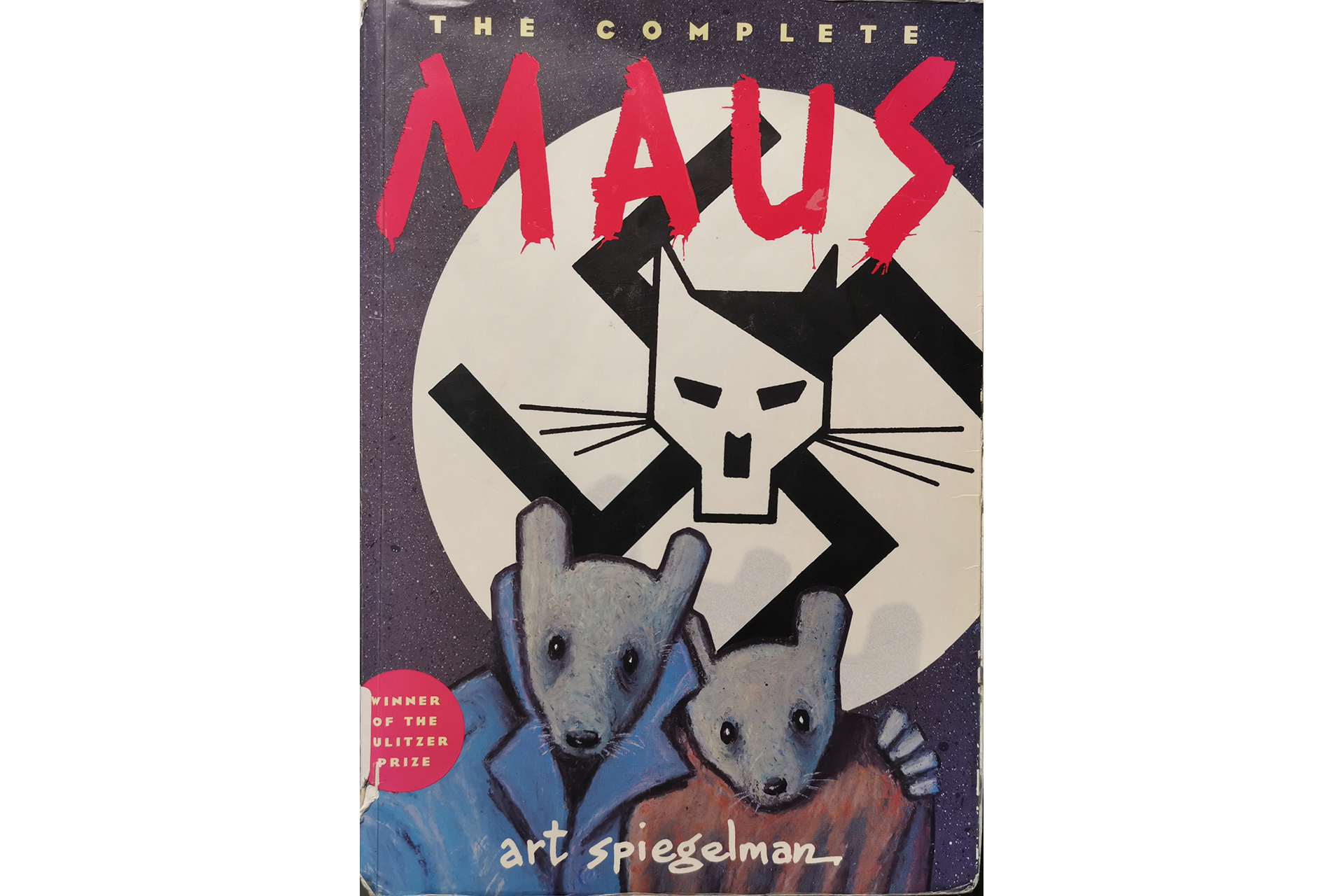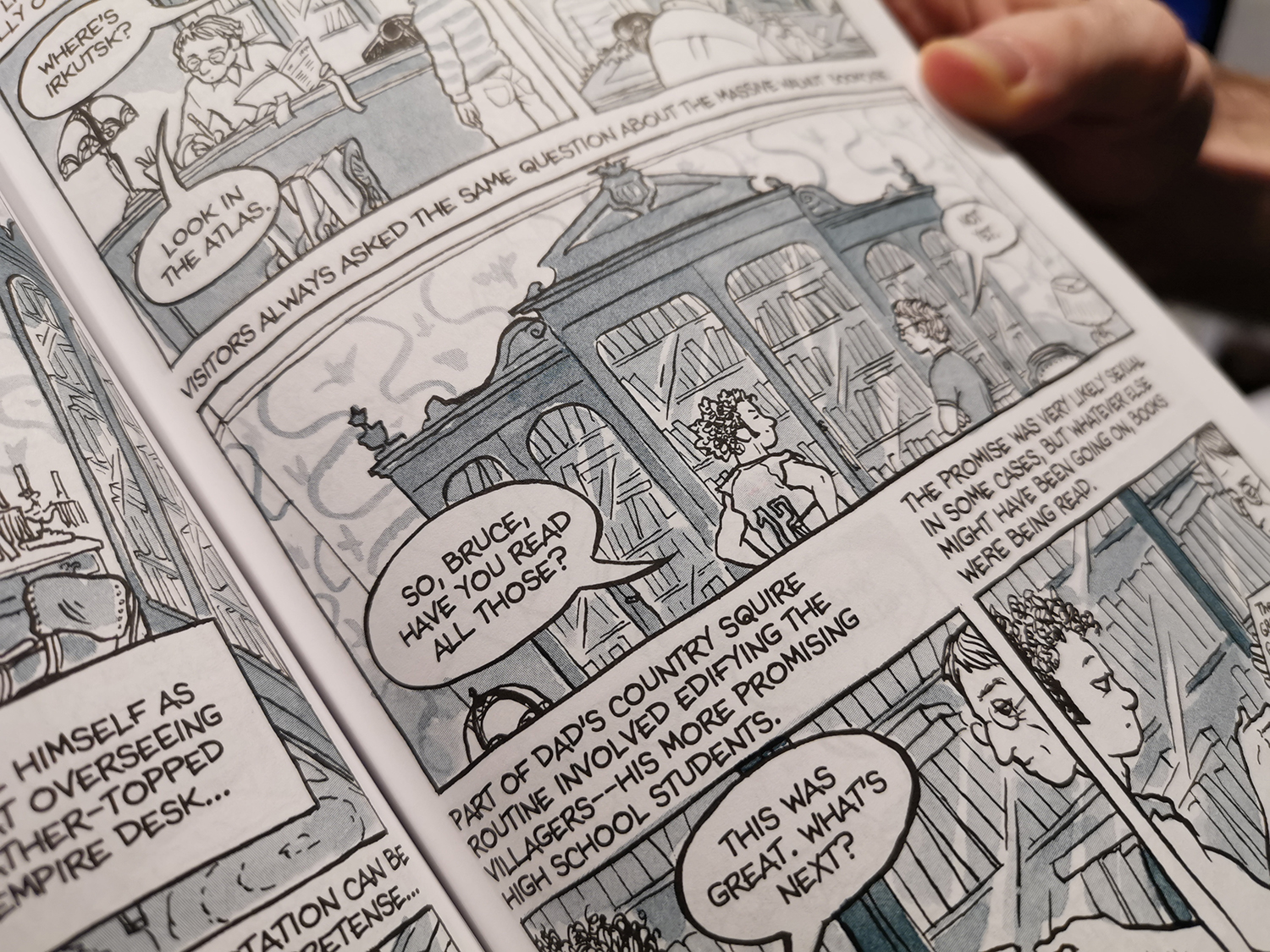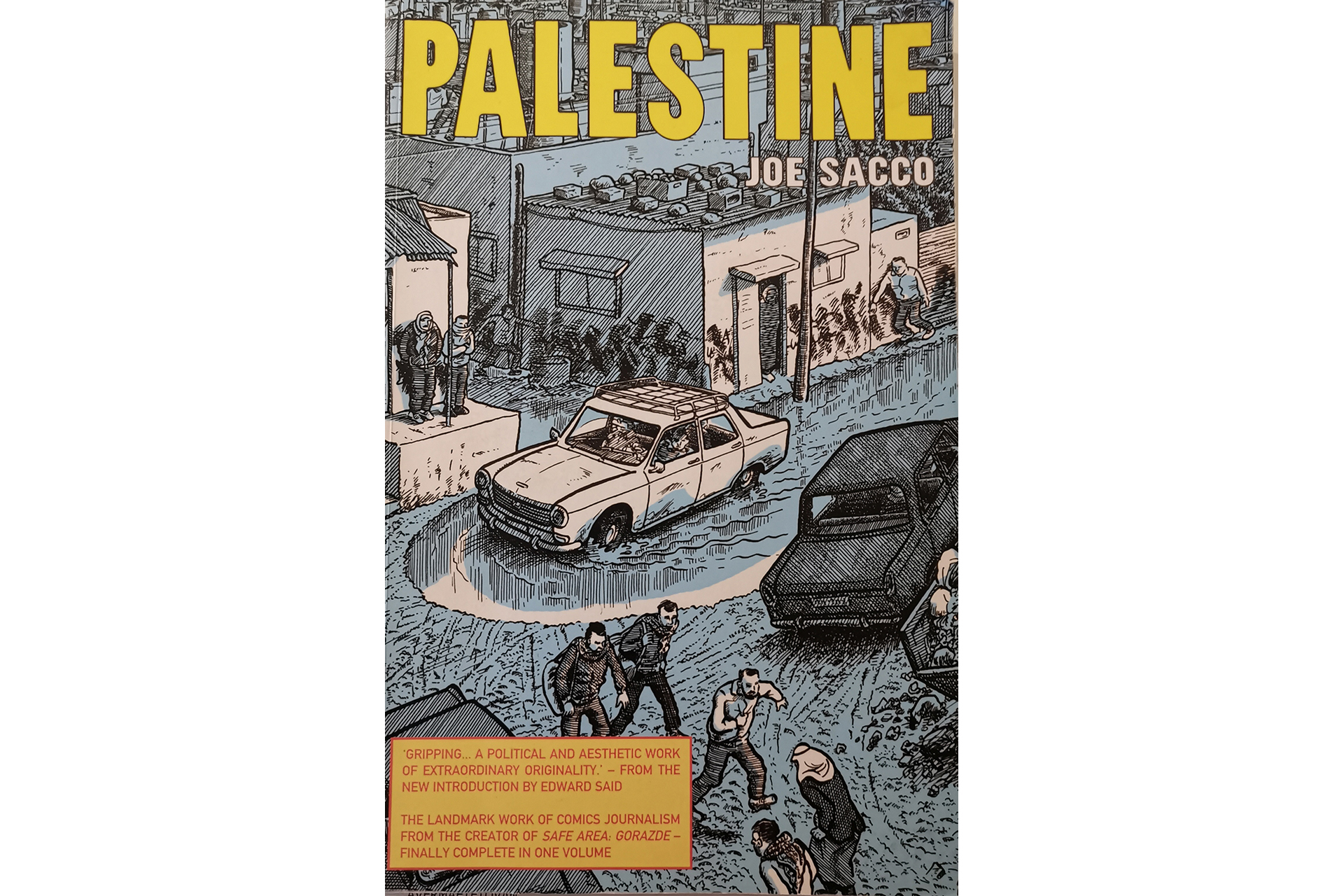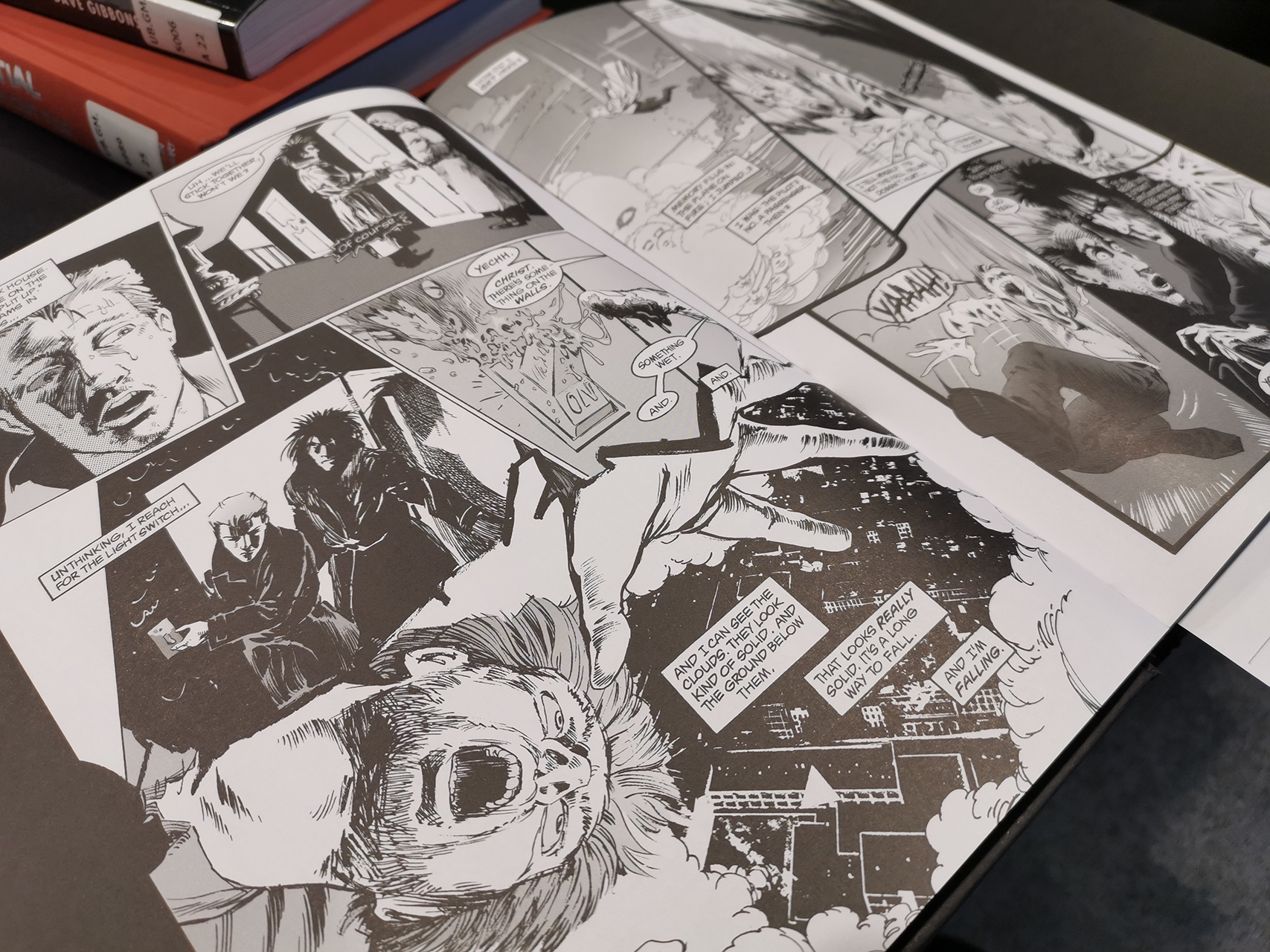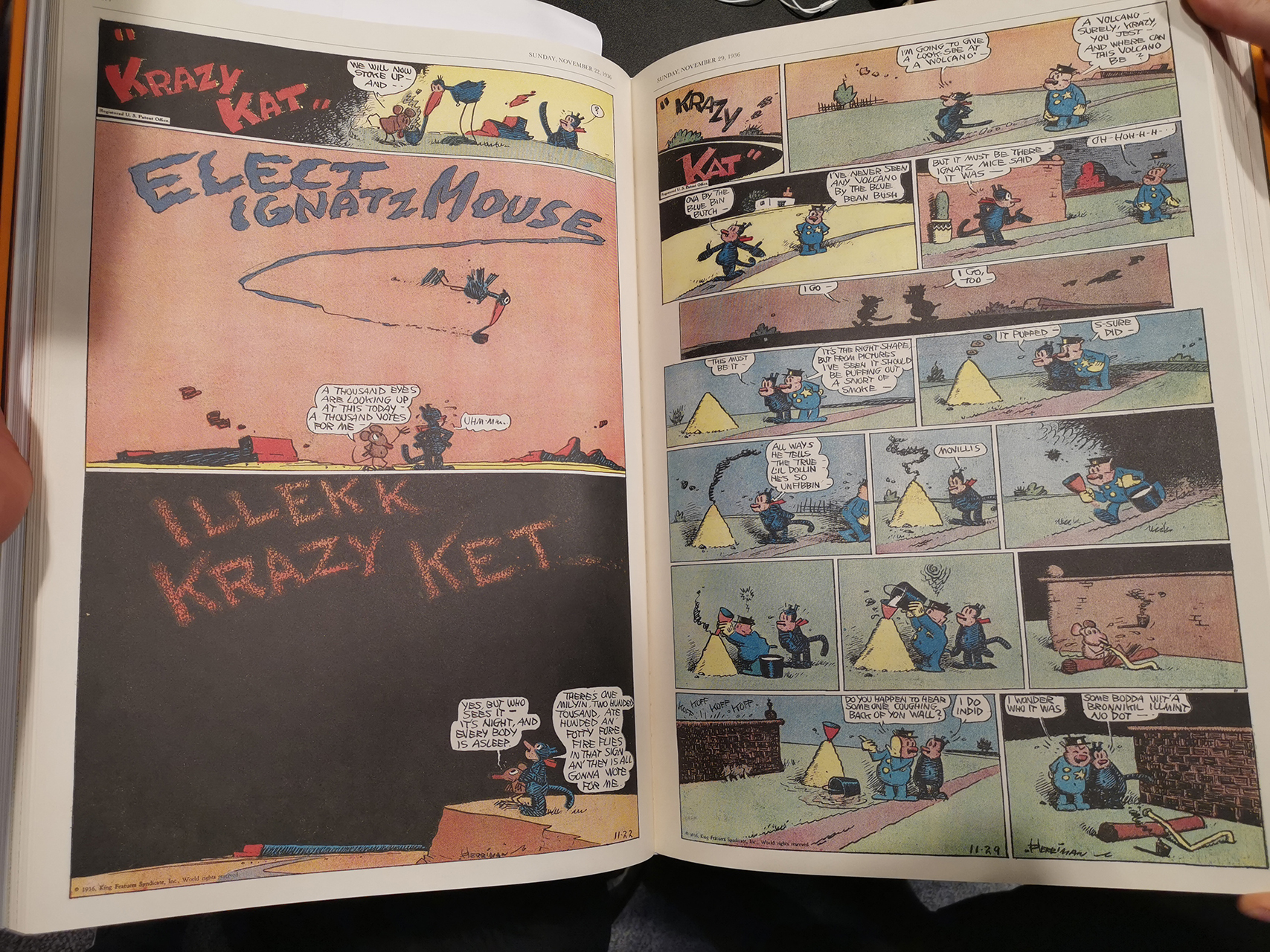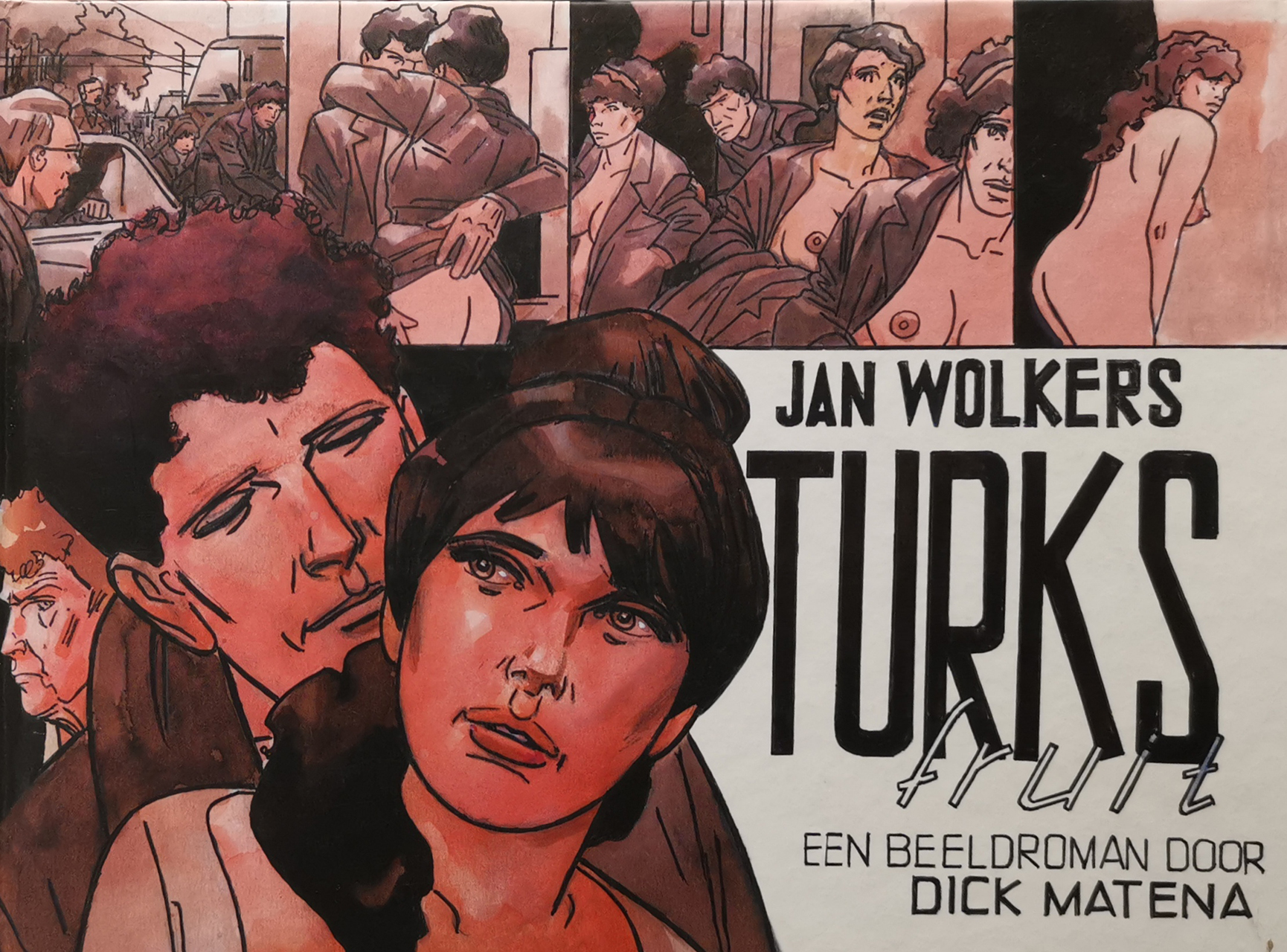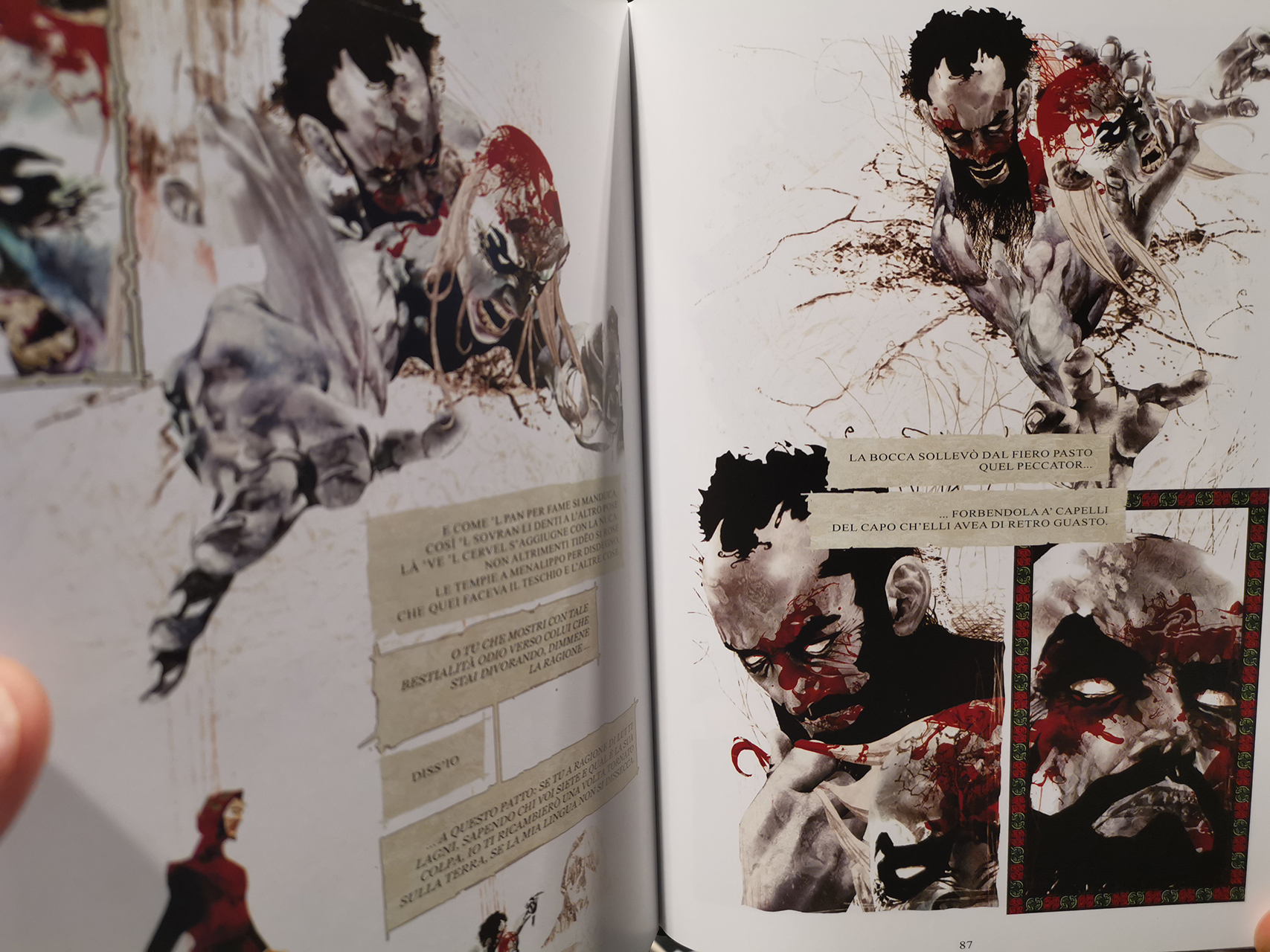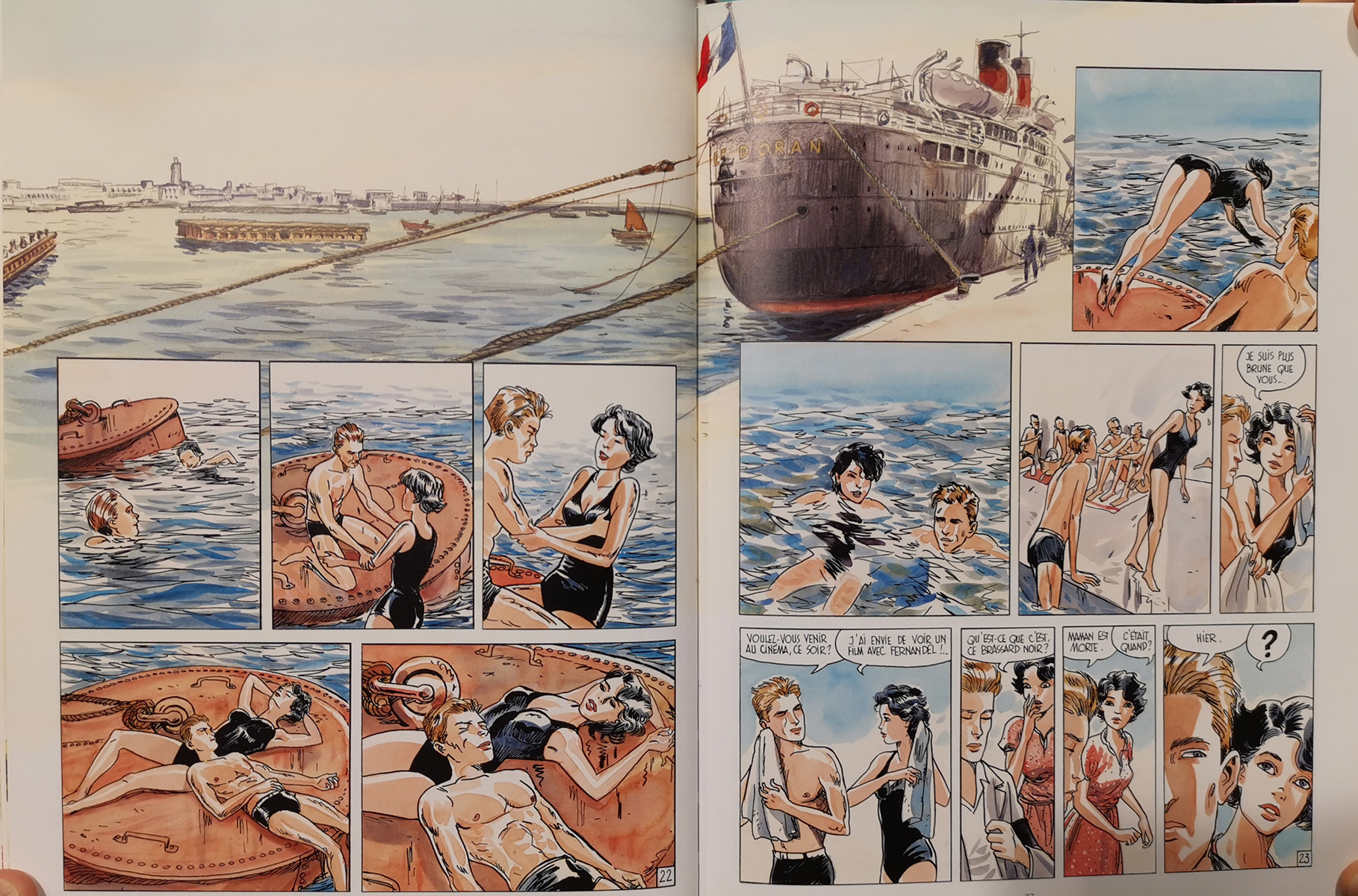
Leiden University Libraries expands graphic novel and comic book collections
Comic books and graphic novels are more important than ever in the Leiden University curriculum. That is why Leiden University Libraries (UBL) is currently working on expansion of its collections in this field. Yasco Horsman, University Lecturer at LUCAS, explains why this expansion is necessary and takes us on a tour through the UBL graphic novel and comic book collections.
Development of the comic book medium
The comic book and its fancier cousin the graphic novel play an ever more important role in the study of literature and academic education in general. In the nineteen-fifties, sixties, and seventies, the comic book was regarded as the opposite of literature, with parents, teachers and professional educators believing the comic book would “kill” the imagination required for a novel, and would create “lazy readers”. Today, however, an entire canon of fifty-nine recommended “comic books for your reading list” exists, compiled by Bas Schuddeboom, Willard Mans and ‘National Cartoonist’ Margreet de Heer. A significant change: the graphic novel is increasingly regarded as a serious art form and narrative medium.
The increasing attention for comic books is connected to, what is often called, the development or ‘maturation’ of the medium. From its inception as underground comic books in the United States of the nineteen-sixties, and the emergence of Italian and French “grown-up” comic book magazines like Linus (1965-), Pilote (1959-1989), and Charlie Mensuel (1969-1986), a faithful audience has emerged for “serious” comic books. The big break for literary comic books or graphic novels, came with the enormous success of Art Spiegelman’s Maus (1991), and the series of autobiographical comics that followed in its wake, like Peter Pontiac’s Kraut (2000), Marjane Satrapi’s Persepolis (2003), and Alison Bechdel’s Fun Home (2006).
Comic books and education
In a variety of programs at Leiden University, like English Language and Culture and Film and Literary Studies, in which literature is studied from an intermedial and media-comparative standpoint, the comic book has become an integral part of the curriculum. Comic books and graphic novels are covered in courses like “Comparative Studies” and “Paragone” (which concerns the relationship between word and image, the verbal and visual arts). Since 3 years there’s even a mandatory course consisting entirely of the critical evaluation of comics and animation, in which the history and medium-specific properties of each are discussed. Some other courses like “Americans against the code” and “Comics at the crossroads” highlight the origins of the genre and analyse the ways in which these kinds of works deal with memory and trauma.
The Leiden University Library Collections.
As a result of increasing demand, more and more graphic novels and comic books can be found in the UBL’s collections. Besides aforementioned iconic works like Maus, Persepolis, Fun Home and Kraut, the UBL recently added the entire series The Annotated Sandman’s by Neil Gaiman, as well as Octavia E. Butler’s Kindred, Ta-Nehisi Coates’ Black Panther and Phoeboe Gloeckner’s The diary of a teenage girl.
Would you rather read a graphic novel in another language? Maybe L’Inferno di Dante is the choice for you, or Dick Matena’s adaptation of De avonden or Turks fruit. Or, if French fits you better, you could consider L’Étranger by Albert Camus or Louis-Ferdinand Céline’s comic book version of Voyage au bout de la nuit.
Additionally, the Leiden graphic novel collection was recently expanded with a number of collected editions of classic newspaper cartoons, for example, George Herriman’s influential Krazy Kat: the complete color Sundays (1935-1944).
Finally, for whoever would rather approach the graphic novel and comic book medium as an art form, UBL recently added Chris Ware’s Building Stories to the Special Collections. This work transcends the graphic novel medium in an entirely new and innovative way. It consists of multiple independent parts, allowing the book to be displayed in a multidimensional manner, almost like a board game.
Do you have acquisition suggestions for a graphic novel or comic book series? Please don’t hesitate to contact your subject librarian. They will also be able to answer any questions you might have about research in our graphic novel and comic book collections, or about writing a paper or thesis on the subject.


